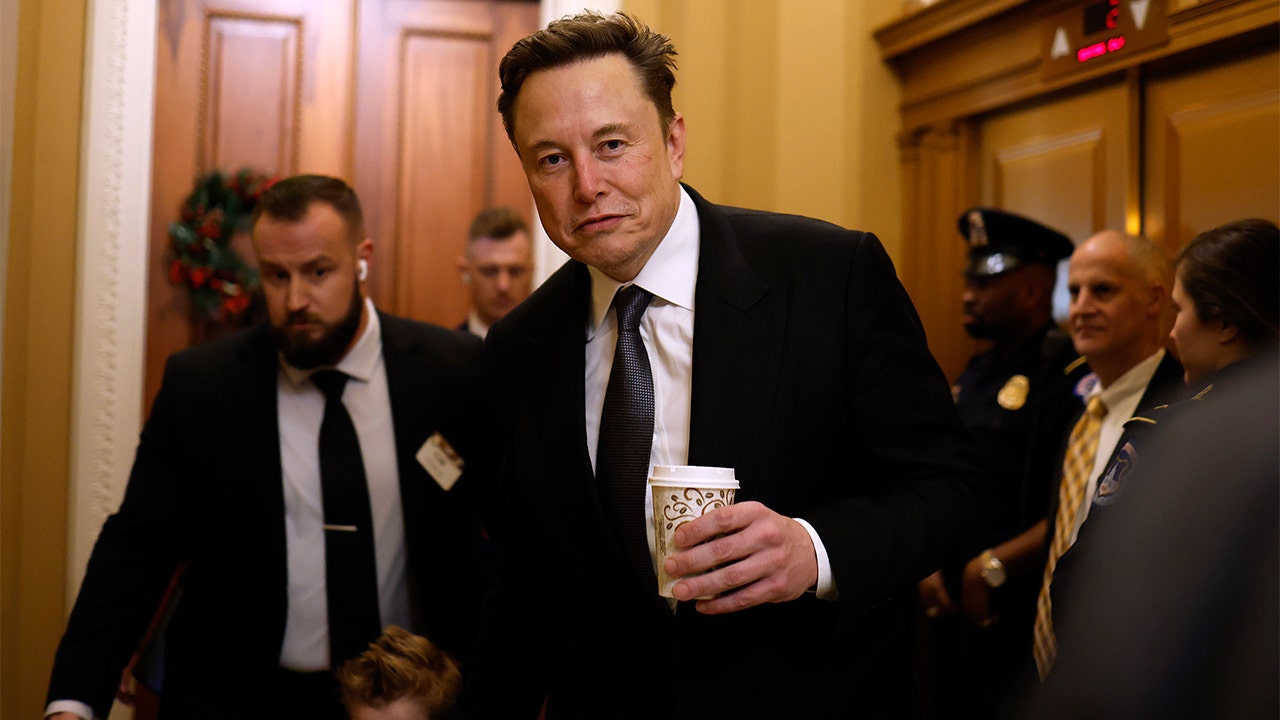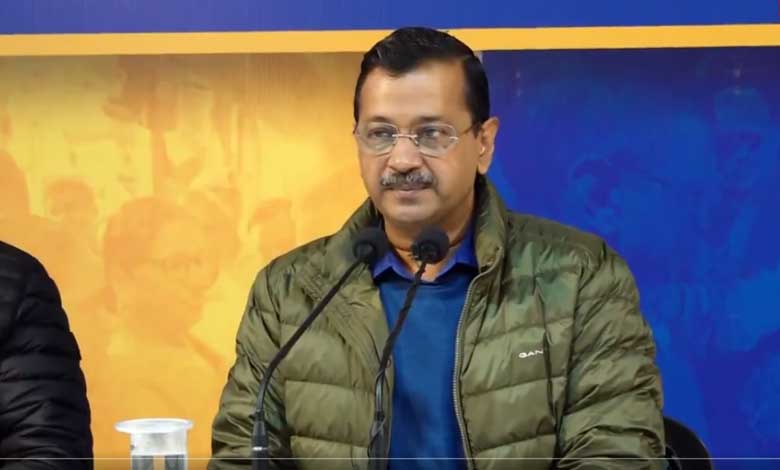City governments, citizens, it’s your time to shine
Dr. Ayana Elizabeth Johnson is co-founder of the non-profit think tank Urban Ocean Lab, distinguished scholar at Bowdoin College, and author of New York Times bestseller What If We Get it Right?: Visions of Climate Futures.
By the end of Donald Trump’s second presidential term, sea levels will be higher, weather will be more extreme, and the urgency for implementing climate solutions will be even greater.
Yet on day one of his administration, Trump signed nine executive orders aiming to sabotage climate solutions — from obstructing renewable energy development; to re-opening protected areas to drilling, mining, and logging; to terminating all federal environmental justice programs and positions; to declaring an “energy emergency” (despite U.S. oil and gas production currently setting an all-time global record) that would allow fossil fuel projects to evade environmental protections; to bailing on the Paris Agreement (again); and even redefining “energy resources” to exclude solar and wind. (As previewed in Project 2025.) And one can only guess what else will transpire.
These executive orders, if implemented, will make our air dirtier, our population sicker, our energy more expensive, and our communities less prepared for extreme weather. The constitutionality of these orders will be challenged in court, and some require congressional action. But to the extent they survive these challenges, these orders will steeply raise the level of climate risk all of us face.
So, what’s a citizen of Planet Earth to do?
A few decades ago, when I was first starting to pay attention to the environmental movement, a prominent slogan was, “Think globally, act locally.” Straightforward and logical, sure. But also, as a judgemental teenager, it struck me as sort of corny — and inadequate given the epic challenges we face. I didn’t fully appreciate the depth of the message until quite recently. And now, in the context of federal obstructionism, the slogan is more apt than ever.
Editor’s picks
As a marine biologist and climate policy wonk, when I imagine effective local actions, my thoughts gravitate to ways coastal communities can increase their resilience in the face of now-inevitable climate impacts, like high risk of flooding from hurricanes, sea level rise, and extreme rainfall, which are worsened by their outdated infrastructure, impermeable surfaces, and loss of ecosystems. These hazards aren’t just future predictions. In 2024 a warmer ocean fueled stronger hurricanes, making winds speeds up to 28 mph faster, and causing well over $100 billion in economic losses. Meanwhile, on the flip side, ocean-climate solutions — from offshore renewable energy to decarbonizing shipping to regenerative ocean farming to protecting and restoring coastal ecosystems — have the potential to provide 35 percent of emissions reductions needed by 2050.
Forty percent of Americans live in coastal counties. Twenty percent of Americans — one-in-five — live in coastal cities, and the demographics are far from elite. In this moment, when the executive branch is checking off everything on the wishlists of fossil fuel CEOs and abdicating its responsibility to keep Americans safe from dangerous extreme weather, it’s city governments’ time to shine. This is the focus of Urban Ocean Lab, the nonprofit think tank I co-founded and co-lead, where we’ve put together a Climate Readiness Framework for Coastal Cities that includes over 70 recommendations to help local governments better prepare for the future, along with an open-access resource hub stocked with hundreds of documents that can help city governments understand best practices and make informed decisions — including documents we rushed to archive before the inauguration, some of which have indeed since been deleted from federal websites.
Related Content
Many cities are already taking bold climate actions of the sort we’ll need to ramp up. They are speeding the transition to renewable energy by improving battery capacity and transmission systems, including for offshore wind energy. (Example: Portland, Maine’s One Climate Future Plan.) They are ensuring coastal development does not destroy wetlands, ecosystems which can offer more cost-effective coastal protection than seawalls. (Example: Boston’s Wetlands Protection Ordinance.) They are ensuring that planning and zoning codes and construction standards take into account climate shocks like cloudbursts, storm surges, and heat waves, and also protect working waterfronts. (Example: New York City’s Comprehensive Waterfront Plan.) They are fostering local resilience in partnership with community-based organizations — embracing social cohesion as a climate strategy. (Example: Oakland’s Equitable Climate Action Plan.) And they are planning for climate-driven relocation — it’s time to face the music; we can’t keep reflexively rebuilding in the same places. (Example: Charleston’s Flooding and Sea Level Rise Strategy.)
Of course, states have a major role to play, too, including providing tax incentives and funding for green jobs and green infrastructure, strengthening ecosystem protections, developing buyout processes for flood-prone homes, facilitating inter-city and regional coordination, and holding polluters accountable.
To be clear, federal resources would obviously be a massive help, and we absolutely must hold the executive branch accountable. Fundamentally, preventing this administration from destroying our democratic institutions is critical to addressing the climate crisis. Still, there is so much city and state governments can do to implement climate solutions without federal support.
Now what can a regular person do to push cities and states to fill the growing federal void? A lot. I share heaps of examples in my book What If We Get It Right? But, for now, let’s focus on just one key action: Join a local environmental group. In other words, find a home, a community, for your planet-protecting, life-sustaining work, and settle in for the long haul. This is no trite step. In the words of Bill McKibben, climate journalist and activist, “Faced with the kind of crises that we face, the most important thing that an individual can do is to not always be an individual.” More of us must find more ways to speak with a collective, coordinated voice — at city council meetings and planning board meetings and utility commission meetings, and in support of local climate candidates. There are many environmental groups all over the country. If you don’t know where to start, seek out your local chapter of: Sunrise Movement (for youth), Third Act (for seniors), and (for all) Citizens Climate Lobby, 350.org, Surfrider, and the Sierra Club.
Apart from the dire situation at the federal level, there are lots of other compelling reasons to put your energies into local climate action. Focusing on change in your own city or state often leads to deep and rewarding connections with the environment and communities that surround you. In many cases, it’s easier to get traction for local than national efforts, and the impact of your work can be gratifyingly tangible and direct.
In addition to “act locally,” another phrase I’m only now coming to fully appreciate is “an inconvenient truth,” the title of Al Gore’s film. The truth of climate change is indeed wildly inconvenient; addressing it requires not just tweaking but transforming corporate practices, government policies, and cultural norms. (See, for example: single-use plastic, fast fashion, composting, and factory farming.) To call the retrograde direction of our federal climate policy ‘inconvenient” would be an extreme euphemism. Well, here we are. And, to quote poet June Jordan, we are the ones we’ve been waiting for.

 3 hours ago
1
3 hours ago
1
















.png)

.png)
.png)
.png)













 English (US) ·
English (US) ·  Hindi (IN) ·
Hindi (IN) ·